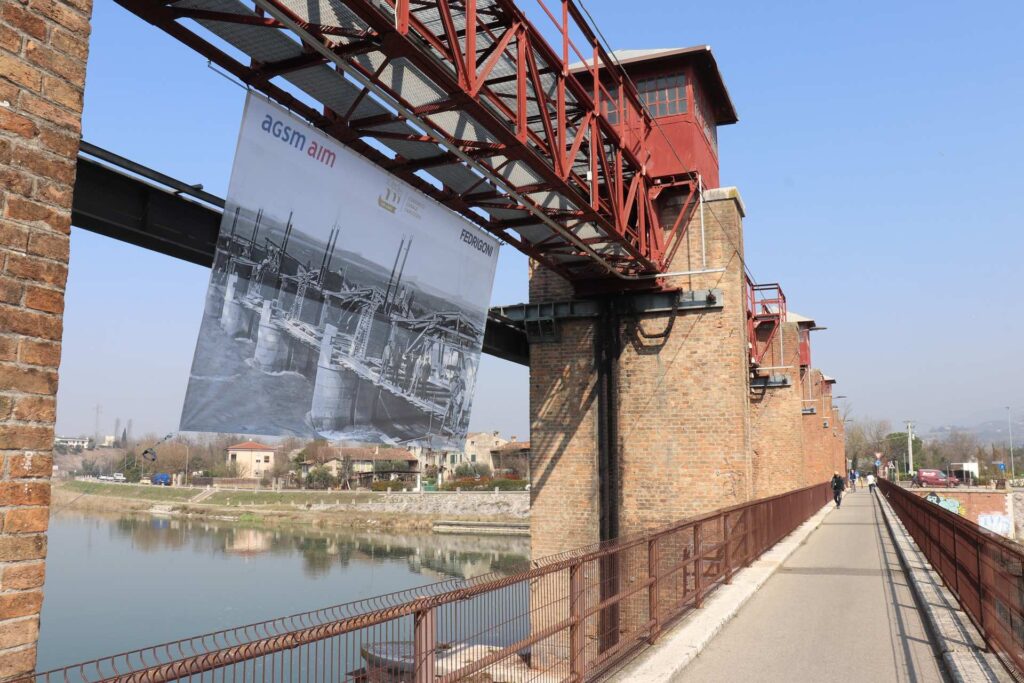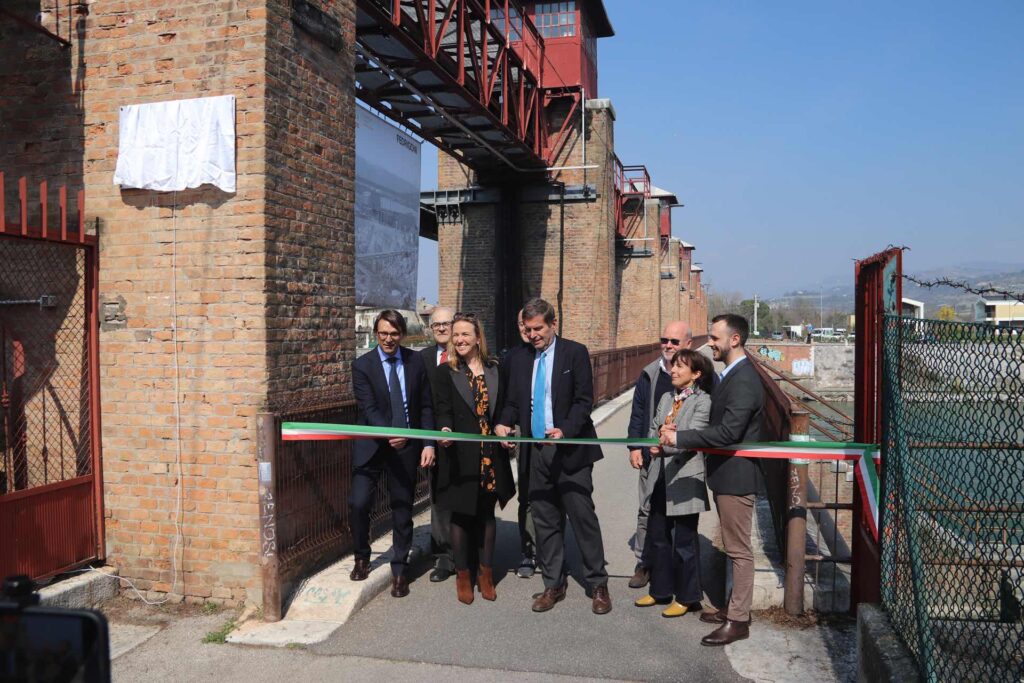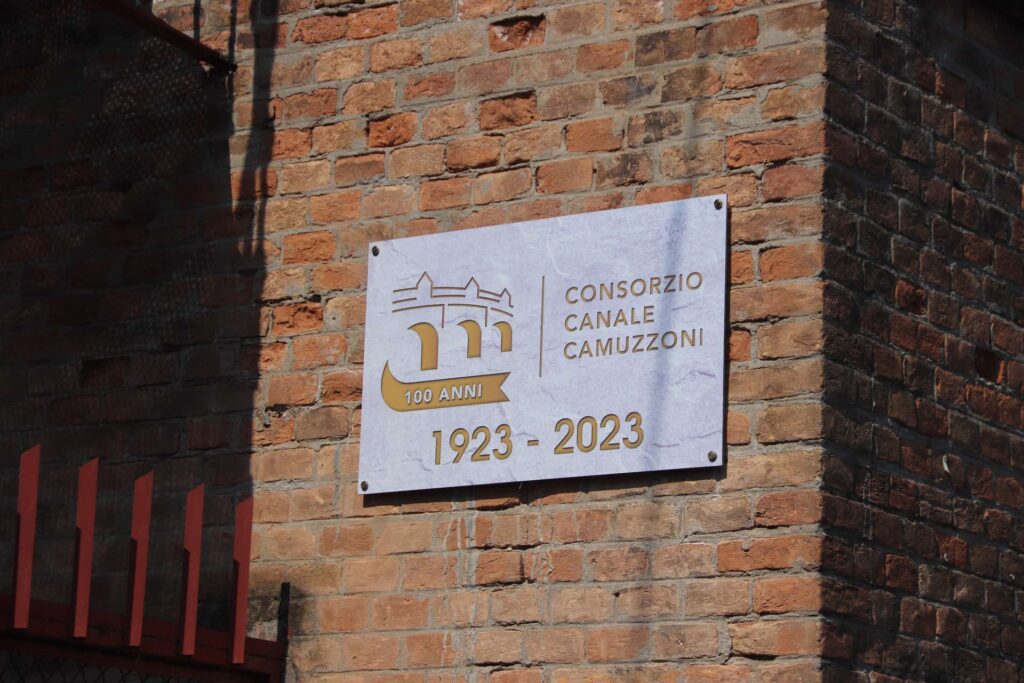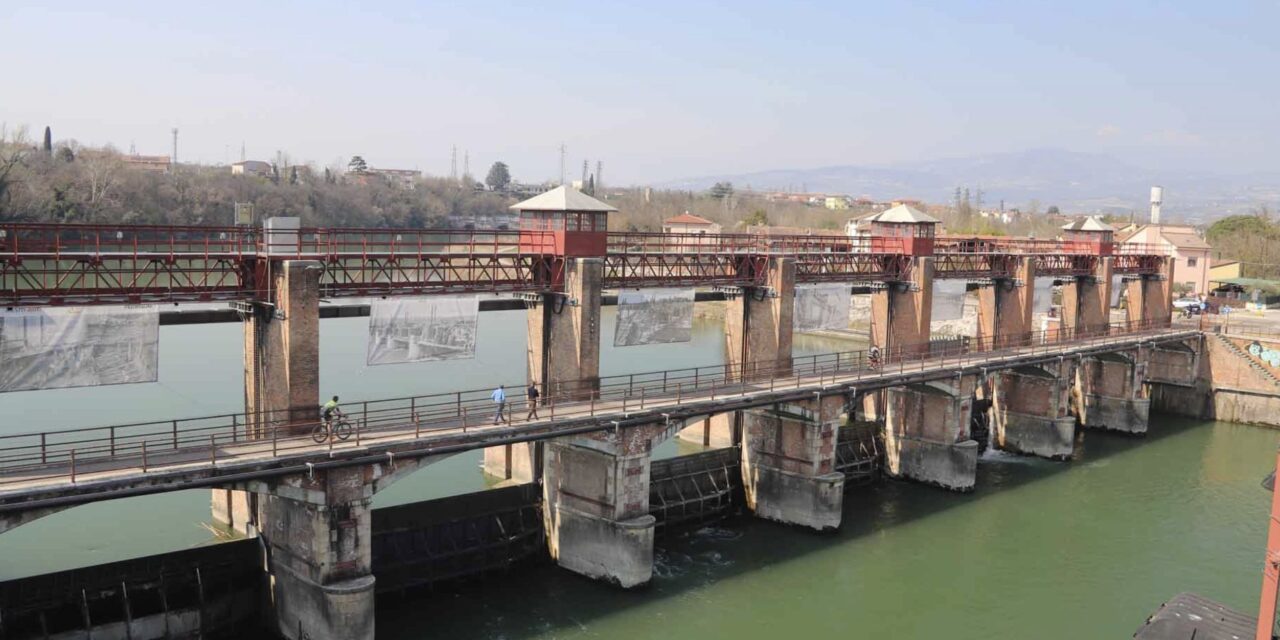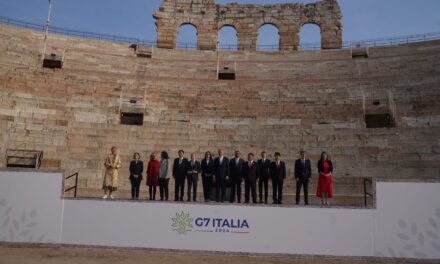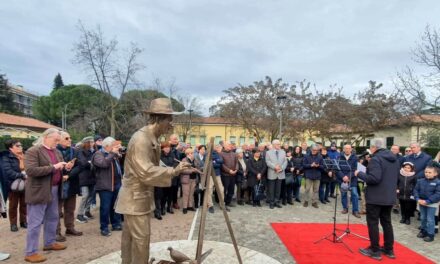The Chievo dam (Chievo is a suburb of Verona located on the banks of the Adige river about 4.5 km north-west of the city centre) was inaugurated in 1923 and since its construction has ensured the continuous production of clean and renewable energy for the city. Even today it meets the energy needs of around 27,000 households in Verona (about one in ten families). An immersion hydroelectric plant has been built in its basin, producing energy over a 3.6 metre drop. It is estimated that, from 1923 to date, the total production of electrical energy has been about 4 thousand gigawatt hours (GWh), avoiding the emission into the atmosphere of about 760 thousand tonnes of carbon dioxide equivalent. An extraordinary testimony of how it is possible to combine the goals of development and sustainability.
During the centenary celebration event, AGSM AIM, the city’s main multi-utility, placed a commemorative plaque and inaugurated a photographic exhibition that will continue to run until the end of the year. An opportunity for visitors to learn about the history of the dam, retracing the most important stages of its construction (and reconstruction after the bombing during World War II) thanks to eight panels placed along the cycle-pedestrian path with original historical black and white photos dating back to the years 1921-1923. To celebrate its centenary, AGSM AIM will be promoting numerous events in the coming months.
History of The Chievo Dam. It all began at the end of the 19th century, when Giulio Camuzzoni, the mayor of the city at the time, decided to build an industrial canal to divert the waters of the Adige river at Chievo. This would provide a large amount of power for the Lower Acquar area, where new industrial settlements were being built. The aim was to overcome the lack of coal for steam engines and to protect the city from flooding. The project was completed and tested in 1887. During the Second World War, the Tombetta power plant, near the Porta Nuova station, an important military target, was hit. The dam suffered the same fate and was completely destroyed. Its reconstruction began immediately, as early as 1946, taking advantage of the opportunity to modernise it in order to better meet the new needs of Verona’s citizens and industries.

